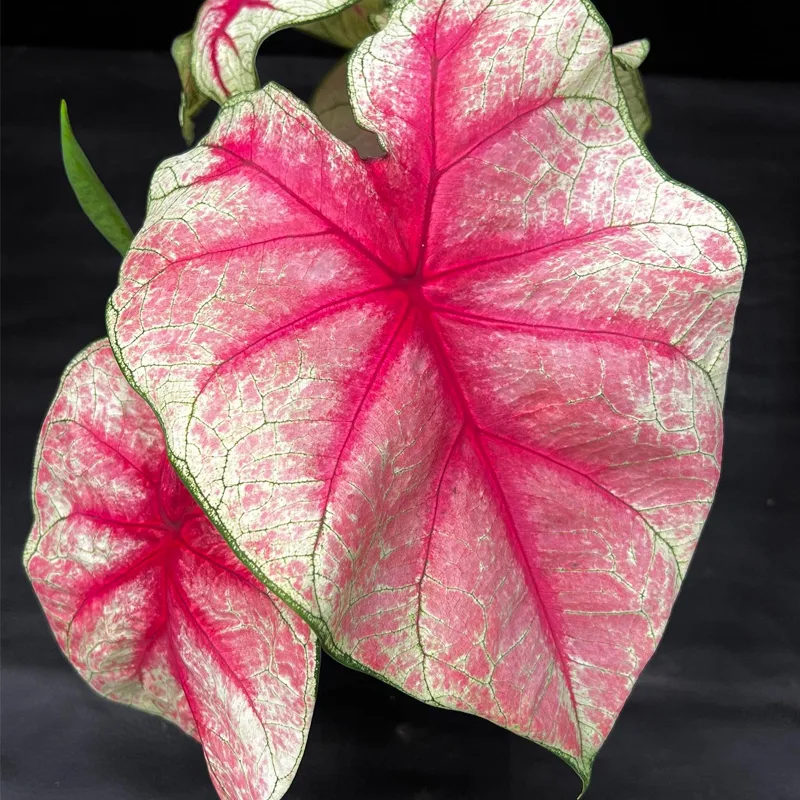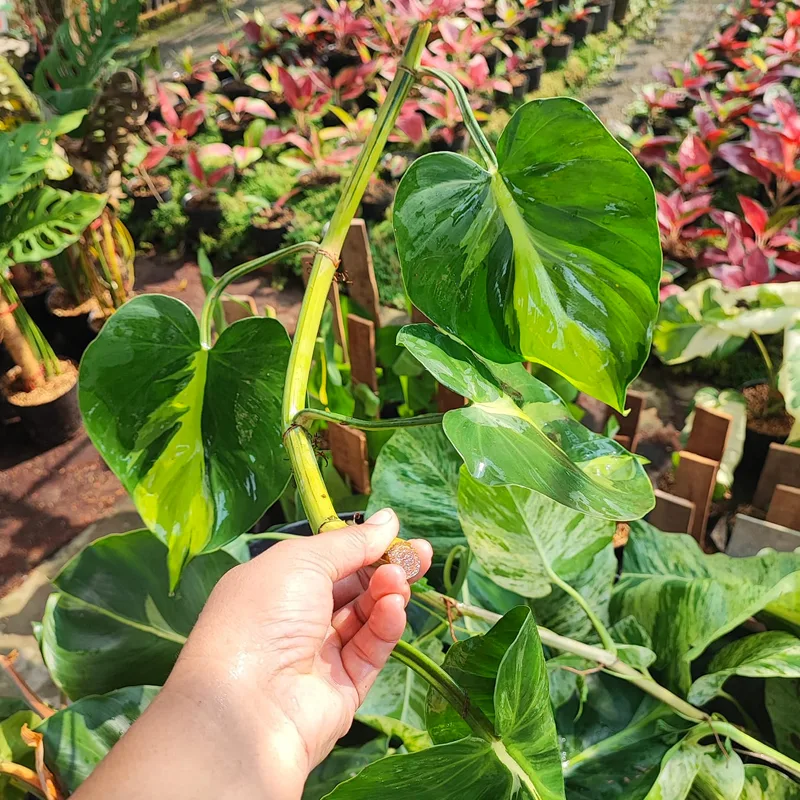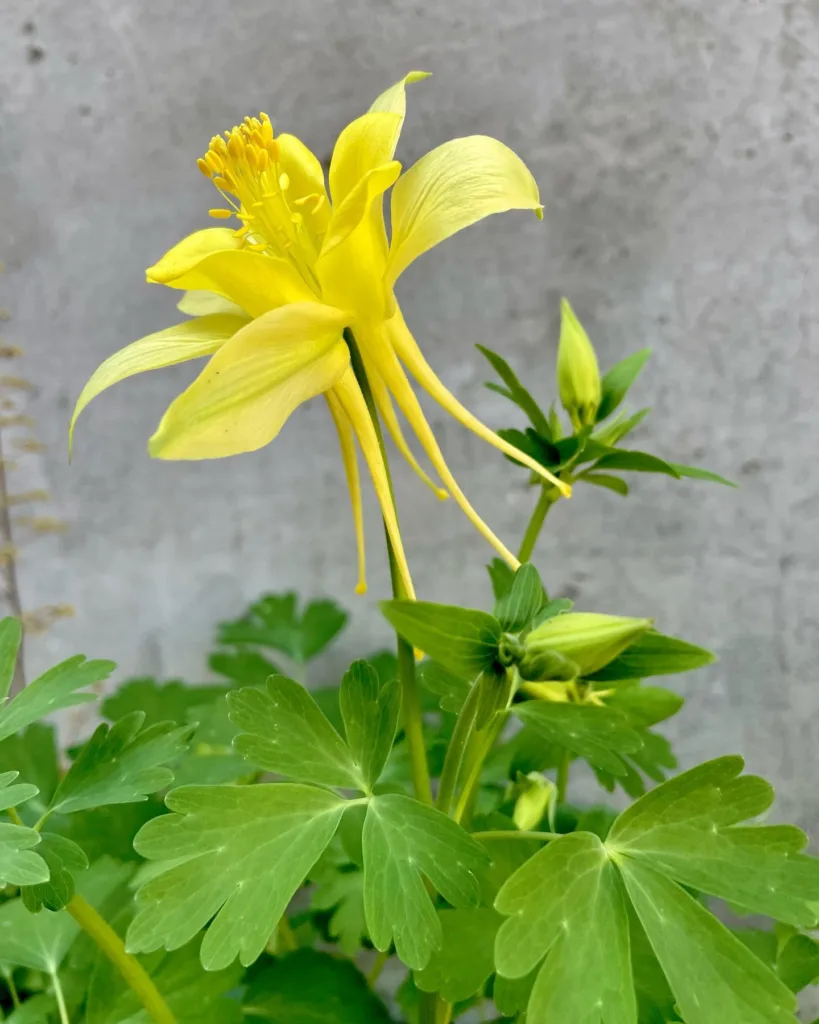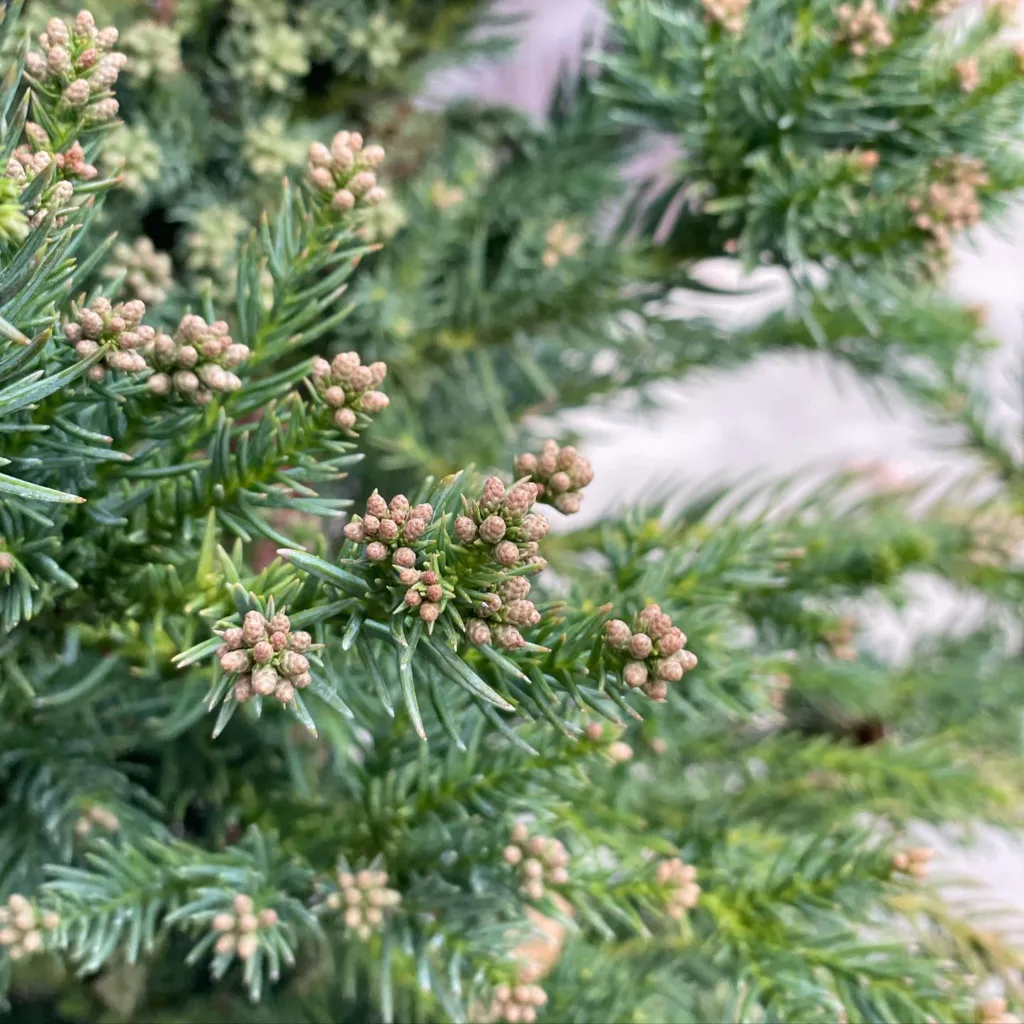
What is Acorus Calamus?
Acorus Calamus, commonly known as the Sweet Flag, is a perennial plant native to wetlands and riverbanks. It’s part of the Acoraceae family and is known for its aromatic rhizomes. Often used in traditional medicine and landscaping, this plant is distinct for its sword-like leaves and its ability to thrive in moist, boggy conditions.
Plant Family: Acoraceae – 4 Species in Genus Acorus
What is Acorus Calamus Used For?
Historically, Acorus Calamus has been utilized in various ways. In traditional medicine, especially in Ayurvedic and Chinese practices, it has been used to treat digestive disorders, respiratory issues, and to enhance cognitive function. Its rhizomes are believed to have anti-inflammatory and antimicrobial properties. Additionally, it’s used in landscaping for its striking appearance and its ability to grow in wet environments.
How to Grow Acorus Calamus?
Growing Acorus Calamus is relatively straightforward if you can replicate its natural habitat. Here are the key steps:
- Location: Choose a spot that mimics its natural wetland environment. Acorus Calamus thrives in full sun to partial shade and prefers moist to wet soil conditions.
- Soil: It grows best in rich, well-drained soil, but it can also tolerate waterlogged conditions.
- Planting: Plant the rhizomes in the spring or fall. Space them about 12 inches apart to allow for spreading. Ensure the planting site remains consistently moist.
- Care: Regular watering is essential, especially during dry periods. Mulching around the plant can help retain moisture.
- Maintenance: Remove any dead or yellowing leaves to keep the plant healthy. Division of the rhizomes every 2-3 years will help maintain vigorous growth.
Is Acorus Calamus a Safe Plant?
The safety of Acorus Calamus can be somewhat controversial. While it has been used traditionally for various health benefits, it contains a compound called asarone, which can be toxic in large quantities. Asarone has been linked to potential carcinogenic effects. Therefore, it’s crucial to use the plant cautiously and consult a healthcare professional before using it for medicinal purposes.
What is Acorus Calamus Called in Hindi?
In Hindi, Acorus Calamus is known as “Vacha” (वचा). The name is derived from its historical use in traditional medicine, where it has been valued for its therapeutic properties.
What is Acorus Calamus Root Used For?
The root of Acorus Calamus, or its rhizome, is primarily used in traditional medicine. It is believed to support digestive health, reduce inflammation, and enhance mental clarity. However, due to its potential toxicity, it should be used with caution and preferably under the guidance of a professional.
What Part of Acorus Calamus is to Be Ingested?
Typically, the rhizome or root of Acorus Calamus is the part used in traditional remedies. This part contains the active compounds believed to provide therapeutic benefits. However, due to the presence of asarone, it is crucial to use it in moderation and ensure it is processed correctly to minimize any harmful effects.
Where Can I Buy Asarone-Free Acorus Calamus?
Finding asarone-free Acorus Calamus can be challenging, but some specialized herbal stores or online suppliers offer products that have been tested for asarone content. Look for reputable sellers who provide clear information about their products’ purity and safety.
Where to Buy Acorus Calamus Variegatus in Iowa?
Acorus Calamus Variegatus, a variety with distinctive striped leaves, can be purchased from local garden centers or nurseries that specialize in aquatic and wetland plants. If local sources are limited, you might also find it through online retailers that ship to Iowa.
Acorus Calamus vs Americanus
When comparing Acorus Calamus to Acorus Americanus, several distinctions become clear. Acorus Americanus, also known as the American Sweet Flag, is native to North America and shares many characteristics with Acorus Calamus. However, Acorus Americanus is often less pungent and contains lower levels of asarone. This makes it potentially safer for medicinal use compared to Acorus Calamus. Both plants have similar growing requirements and uses but differ in their chemical composition and geographic distribution.
How to Care for Acorus Calamus?
Caring for Acorus Calamus involves maintaining its wet environment and ensuring it receives adequate sunlight. Regular watering is essential, and the plant should be protected from extreme temperatures. During winter, in colder regions, it might need to be covered or relocated to avoid frost damage.
How to Propagate Acorus Calamus?
Propagation of Acorus Calamus is usually done through division. In the spring or fall, dig up the rhizomes and separate them into smaller sections, each with a few roots and shoots. Replant these divisions in prepared soil or a wetland area. They should quickly establish themselves and begin to grow.
Can You Grow Acorus Calamus Indoors?
While Acorus Calamus is traditionally grown outdoors, it can be grown indoors under the right conditions. You’ll need to provide a large container with ample moisture, and a location with bright, indirect light. The indoor environment should mimic its natural wetland habitat to ensure successful growth.
Benefits and Common Problems
The benefits of Acorus Calamus include its decorative appeal and its use in traditional medicine. However, common problems include managing its moisture needs and addressing potential pest issues. Its potential toxicity is also a concern, making careful handling essential.
In summary, Acorus Calamus is a versatile plant with a rich history of use in medicine and landscaping. While it offers various benefits, it’s crucial to be aware of its potential risks, particularly regarding asarone content. Whether growing it in your garden or considering its medicinal use, informed decisions and proper care will ensure you make the most of this unique plant.
If i die, water my plants!



